Related Research Articles
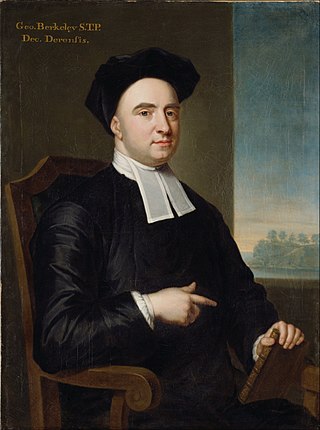
George Berkeley – known as Bishop Berkeley – was an Anglo-Irish philosopher whose primary achievement was the advancement of a theory he called "immaterialism". This theory denies the existence of material substance and instead contends that familiar objects like tables and chairs are ideas perceived by the mind and, as a result, cannot exist without being perceived. Berkeley is also known for his critique of abstraction, an important premise in his argument for immaterialism.

Sir Isaac Newton was an English polymath active as a mathematician, physicist, astronomer, alchemist, theologian, and author who was described in his time as a natural philosopher. He was a key figure in the Scientific Revolution and the Enlightenment that followed. His pioneering book Philosophiæ Naturalis Principia Mathematica, first published in 1687, consolidated many previous results and established classical mechanics. Newton also made seminal contributions to optics, and shares credit with German mathematician Gottfried Wilhelm Leibniz for developing infinitesimal calculus, though he developed calculus years before Leibniz. He is considered one of the greatest and most influential scientists in history.
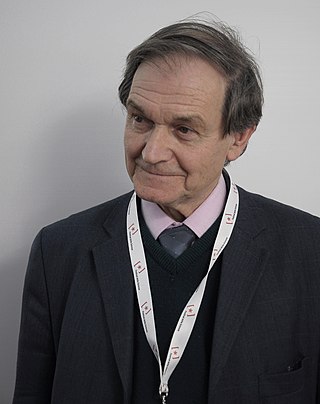
Sir Roger Penrose is an English mathematician, mathematical physicist, philosopher of science and Nobel Laureate in Physics. He is Emeritus Rouse Ball Professor of Mathematics in the University of Oxford, an emeritus fellow of Wadham College, Oxford, and an honorary fellow of St John's College, Cambridge, and University College London.

William Thomson, 1st Baron Kelvin, was a British mathematician, mathematical physicist and engineer born in Belfast. He was the Professor of Natural Philosophy at the University of Glasgow for 53 years, where he undertook significant research and mathematical analysis of electricity, the formulation of the first and second laws of thermodynamics, and contributed significantly to unifying physics, which was then in its infancy of development as an emerging academic discipline. He received the Royal Society's Copley Medal in 1883, and served as its president from 1890 to 1895. In 1892, he became the first British scientist to be elevated to the House of Lords.

The Large Scale Structure of Space–Time is a 1973 treatise on the theoretical physics of spacetime by the physicist Stephen Hawking and the mathematician George Ellis. It is intended for specialists in general relativity rather than newcomers.

Henry Cavendish was an English natural philosopher and scientist who was an important experimental and theoretical chemist and physicist. He is noted for his discovery of hydrogen, which he termed "inflammable air". He described the density of inflammable air, which formed water on combustion, in a 1766 paper, On Factitious Airs. Antoine Lavoisier later reproduced Cavendish's experiment and gave the element its name.
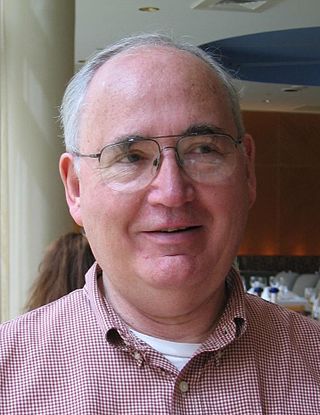
Dana Stewart Scott is an American logician who is the emeritus Hillman University Professor of Computer Science, Philosophy, and Mathematical Logic at Carnegie Mellon University; he is now retired and lives in Berkeley, California. His work on automata theory earned him the Turing Award in 1976, while his collaborative work with Christopher Strachey in the 1970s laid the foundations of modern approaches to the semantics of programming languages. He has also worked on modal logic, topology, and category theory.

Roger Cotes was an English mathematician, known for working closely with Isaac Newton by proofreading the second edition of his famous book, the Principia, before publication. He also invented the quadrature formulas known as Newton–Cotes formulas, and made a geometric argument that can be interpreted as a logarithmic version of Euler's formula. He was the first Plumian Professor at Cambridge University from 1707 until his death.

William Kingdon Clifford was an English mathematician and philosopher. Building on the work of Hermann Grassmann, he introduced what is now termed geometric algebra, a special case of the Clifford algebra named in his honour. The operations of geometric algebra have the effect of mirroring, rotating, translating, and mapping the geometric objects that are being modelled to new positions. Clifford algebras in general and geometric algebra in particular have been of ever increasing importance to mathematical physics, geometry, and computing. Clifford was the first to suggest that gravitation might be a manifestation of an underlying geometry. In his philosophical writings he coined the expression mind-stuff.
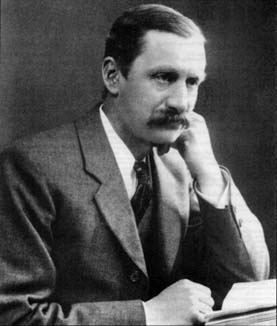
William Burnside was an English mathematician. He is known mostly as an early researcher in the theory of finite groups.

Arthur Cayley was a prolific British mathematician who worked mostly on algebra. He helped found the modern British school of pure mathematics.
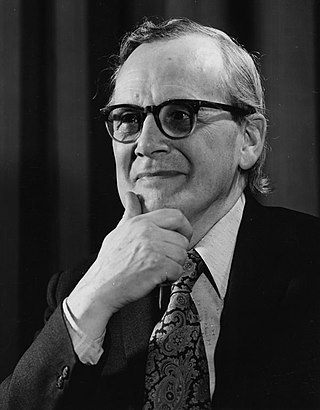
Sir Roy George Douglas Allen, CBE, FBA was an English economist, mathematician and statistician, also member of the International Statistical Institute.

Sir D'Arcy Wentworth Thompson CB FRS FRSE was a Scottish biologist, mathematician and classics scholar. He was a pioneer of mathematical and theoretical biology, travelled on expeditions to the Bering Strait and held the position of Professor of Natural History at University College, Dundee for 32 years, then at St Andrews for 31 years. He was elected a Fellow of the Royal Society, was knighted, and received the Darwin Medal and the Daniel Giraud Elliot Medal.

George Udny Yule FRS, usually known as Udny Yule, was a British statistician, particularly known for the Yule distribution and proposing the preferential attachment model for random graphs.
Stephen Mack Stigler is the Ernest DeWitt Burton Distinguished Service Professor at the Department of Statistics of the University of Chicago. He has authored several books on the history of statistics; he is the son of the economist George Stigler.
Donald Wilfrid Kao Andrews is a Canadian economist. He is the Tjalling Koopmans Professor of Economics at the Cowles Foundation, Yale University. Born in Vancouver, he received his B.A. in 1977 at the University of British Columbia, his M.A. in 1980 in statistics at the University of California, Berkeley, and his Ph.D. in economics in 1982 also from the University of California, Berkeley.
Abstractionism is the theory that the mind obtains some or all of its concepts by abstracting them from concepts it already has, or from experience. One may, for example, abstract 'green' from a set of experiences which involve green along with other properties. Also, for example, one may abstract a generic concept like 'vegetable' from the already possessed concepts of its instances This view was criticized by George Berkeley and Peter Geach.
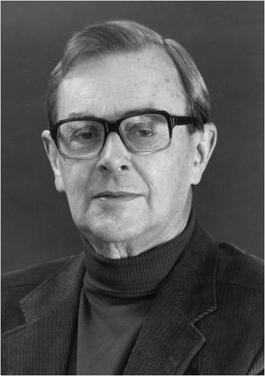
Sir Alfred Brian Pippard, FRS, was a British physicist. He was Cavendish Professor of Physics from 1971 until 1982 and an Honorary Fellow of Clare Hall, Cambridge, of which he was the first President.

The Hobbes–Wallis controversy was a polemic debate that continued from the mid-1650s well into the 1670s, between the philosopher Thomas Hobbes and the mathematician and clergyman John Wallis. It was sparked by De corpore, a philosophical work by Hobbes in the general area of physics. The book contained not only a theory of mathematics subordinating it to geometry and geometry to kinematics, but a claimed proof of the squaring of the circle by Hobbes. While Hobbes retracted this particular proof, he returned to the topic with other attempted proofs. A pamphleteering exchange continued for decades. It drew in the newly formed Royal Society, and its experimental philosophy to which Hobbes was opposed.

Rabindra Nath Bhattacharya is a mathematician/statistician at the University of Arizona. He works in the fields of probability theory and theoretical statistics where he has made fundamental contributions to long-standing problems in both areas. Most notable are (1) his solution to the multidimensional rate of convergence problem for the central limit theorem in his Ph.D. thesis published in the Bulletin of the American Mathematical Society and further elaborated in a research monograph written jointly with R. Ranga Rao and (2) the solution of the validity of the formal Edgeworth expansion in collaboration with J.K. Ghosh in 1978. He has also contributed significantly to the theory and application of Markov processes, including numerous co-authored papers on problems in groundwater hydrology with Vijay K. Gupta, and in economics with Mukul Majumdar. Most recently his research has focused on nonparametric statistical inference on manifolds and its applications. He is a co-author of three graduate texts and four research monographs. A comprehensive selection of Bhattacharya's work is available in a special 2016 Contemporary Mathematicians volume published by Birkhäuser. He is married to Bithika Gouri Bhattacharya, with a daughter, a son, and four grandchildren.